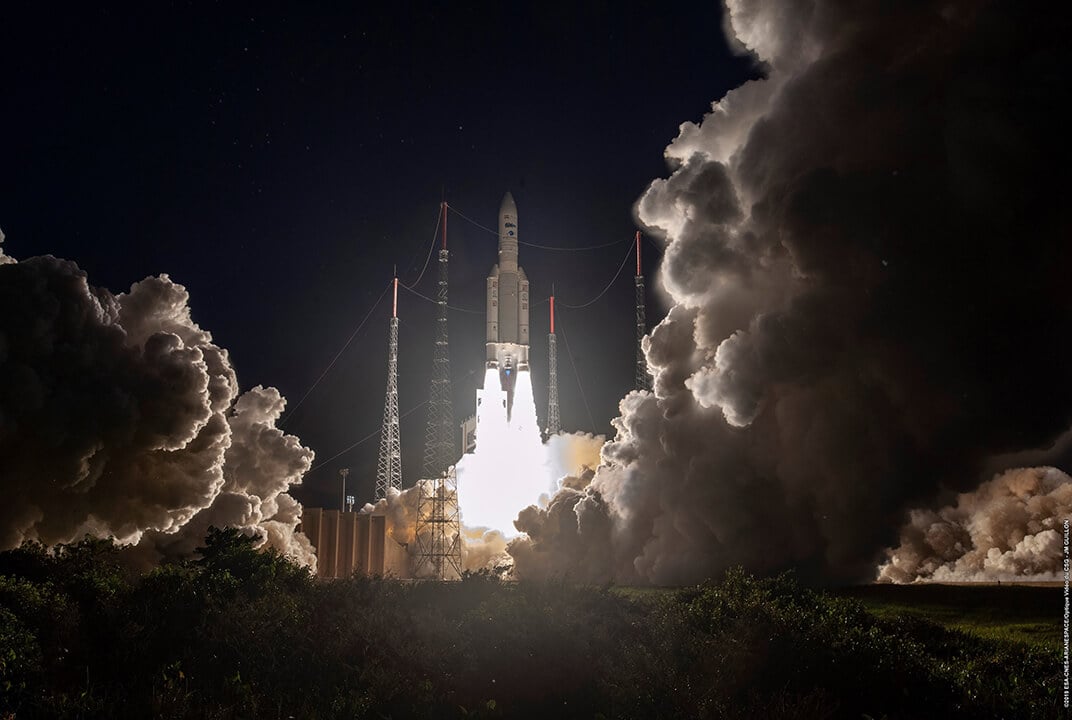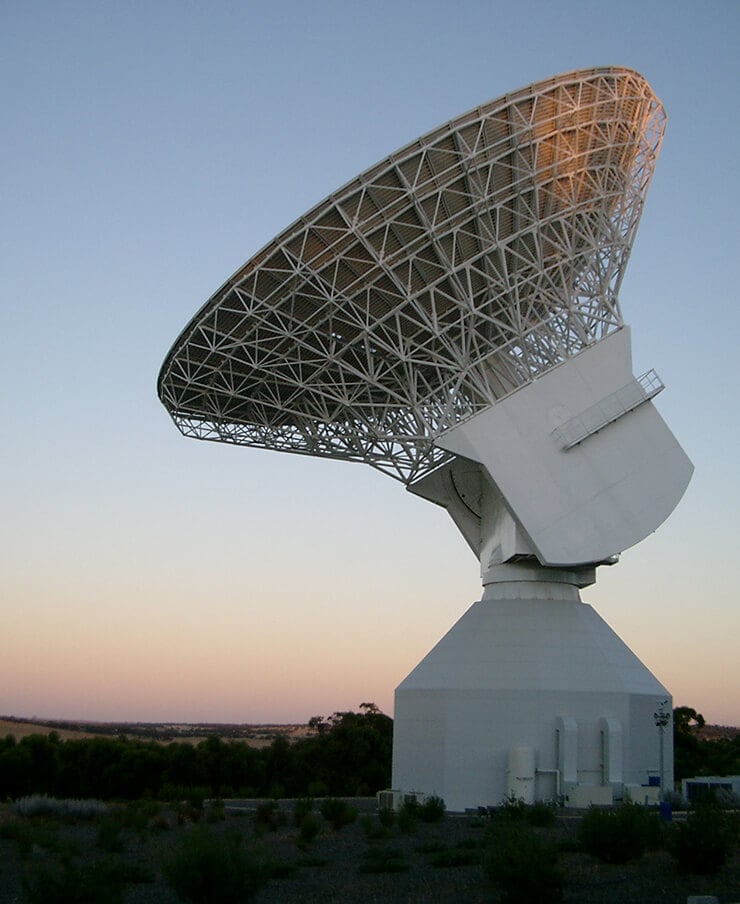Insight | Behind the scenes at Baikonur – part 1
Behind the scenes at Baikonur – part 1
Corporate
In a series of blog posts, Franco Carnevale, Inmarsat VP of Satellites and Launches, takes us on a journey behind the scenes at the International Launch Station in Kazakhstan as the mission teams prepare to launch the third satellite in our Global Xpress network – Inmarsat-5 F3 – into geosynchronous orbit 35,786 km (22,236 miles) above Earth on Friday 28 August at 12:44 BST.
The Inmarsat-5 F3 launch campaign is well underway after three months’ hard work by the teams at the Baikonur Cosmodrome and in Moscow to improve the Proton launch vehicle third stage.
We have been eager to get on and have been working with Proton manufacturers Khrunichev in Moscow to be confident that it is ready to resume launching reliably.
The Inmarsat, Boeing and Khrunichev launch teams have been in Baikonur since 1 August and they’ve made exceptional progress to prepare the spacecraft and the launch vehicle for its return to flight. This has included a thorough retest of all spacecraft and launch flight hardware which has been in stand-by mode at the launch site since May. All systems are confirmed healthy.
The cherry on top of the cake
Following fuelling – which marks the point of no return in mission preparations – Inmarsat-5 F3 is now safely “latched” on top of the rocket fourth stage – the Breeze M upper stage.
The Breeze M will release the spacecraft on a journey of 65,000 km (40,389 miles) using pyrotechnic devices which will literally be exploded in flight and release the latches. The Breeze M is wrapped in a white thermal blanket which makes it resemble a cake. Inmarsat-5 F3 is the cherry on top. Next is the encapsulation of the spacecraft in the fairing.
All teams in Baikonur are incredibly excited about the upcoming I-5 F3 launch which will bring to a conclusion five years of hard work and effort by many people, which started back in August 2010.
It has been a long ride but we’re looking forward to deploying in orbit the next piece of the Global Xpress constellation and all activities remain on track for a launch on 28 August.
About the author
Franco Carnevale, Inmarsat Vice President Satellites and Launch Vehicles, is responsible for the design, engineering, quality and mission assurance of the Inmarsat-5 constellation, their integration to launch vehicles and deployment in orbit. His past responsibilities have included managing the Alphasat programme, a joint venture between Inmarsat and the European Space Agency. His previous position was Director of the Inmarsat-4 Space Segment. In this role he played a crucial part in the spacecraft and launch vehicle specification, contractor selection, contract negotiations, and in programme management. He was in charge of the deployment in orbit of all three Inmarsat-4 satellites. Franco is involved with the Inmarsat resident teams at the contractor facilities in Los Angeles and Toulouse and has himself been based in both cities for the critical phases of the projects.
Prior to the Inmarsat-4 programme, Franco was Manager, Inmarsat-3 Satellite Systems Engineering, responsible for the engineering of the bus electrical systems and the satellite system integration at the Lockheed Martin satellite manufacturing facilities in Princeton, USA. Before that he served as Manager, Inmarsat-2 Bus Electrical Systems Engineering at the manufacturer, BAe Systems in Stevenage. Prior to joining Inmarsat in 1986, Franco held design, development, integration and test responsibilities for space avionics at Laben-Milan and BAe Systems for the Olympus programme.
He holds BSc and MSc degrees in physics from the University La Sapienza in Rome.


